Fernando Laposse brings pink furry furniture and heroic farmers to Friedman Benda
Fernando Laposse sheds new light on the decline of biodiversity and the disruption of rural life in his native Mexico through furniture and tapestry on show at New York gallery Friedman Benda until 14 October 2023
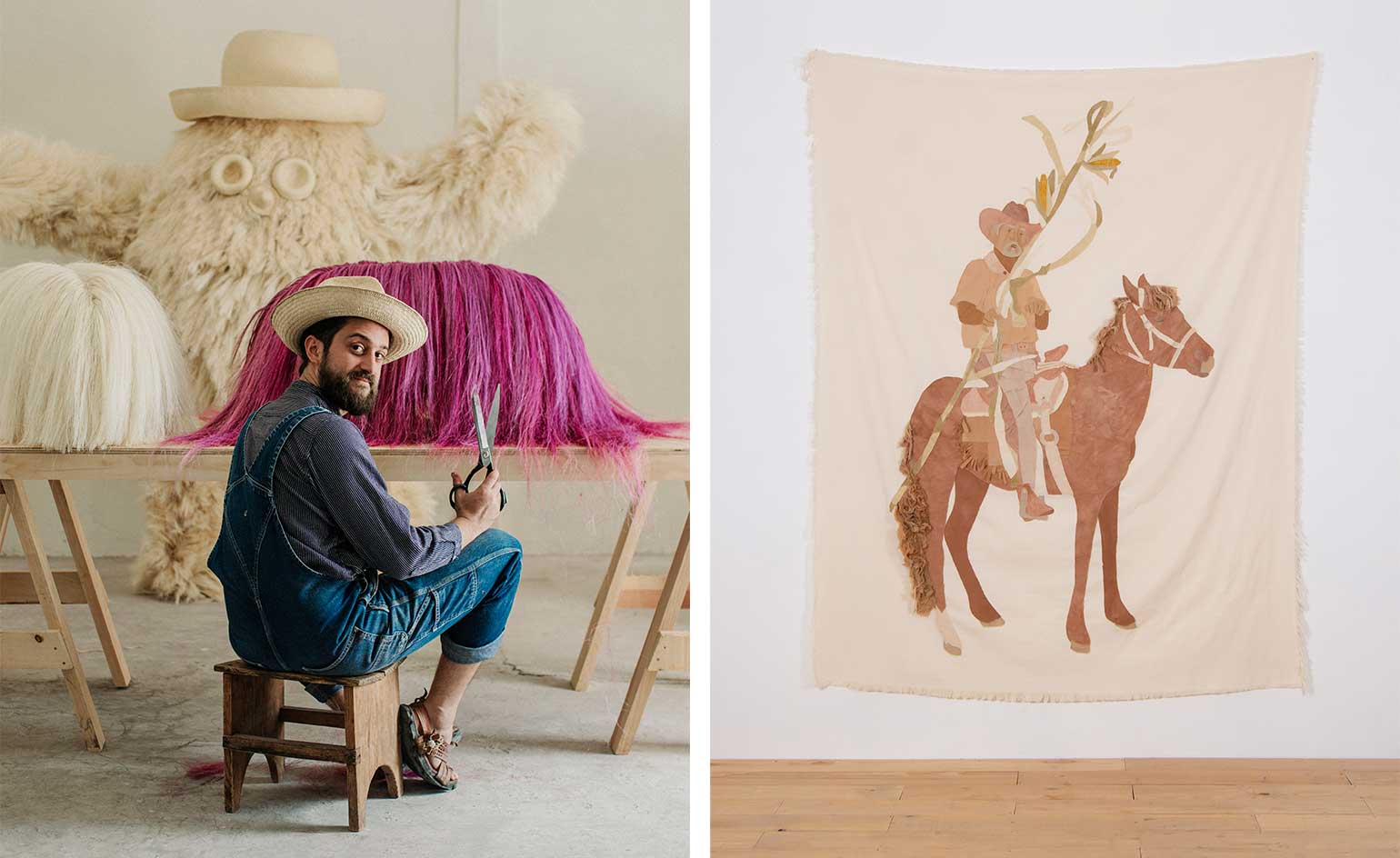
‘Ghosts of our Towns’ is Mexican designer Fernando Laposse’s first solo show with New York’s Friedman Benda gallery, on view until 14 October 2023. The exhibition is an overview of Laposse's research, an ongoing body of work shedding new light on the decline of biodiversity and the disruption of rural life in his native Mexico through new furniture and tapestry.
Fernando Laposse: from humble materials to refined objects
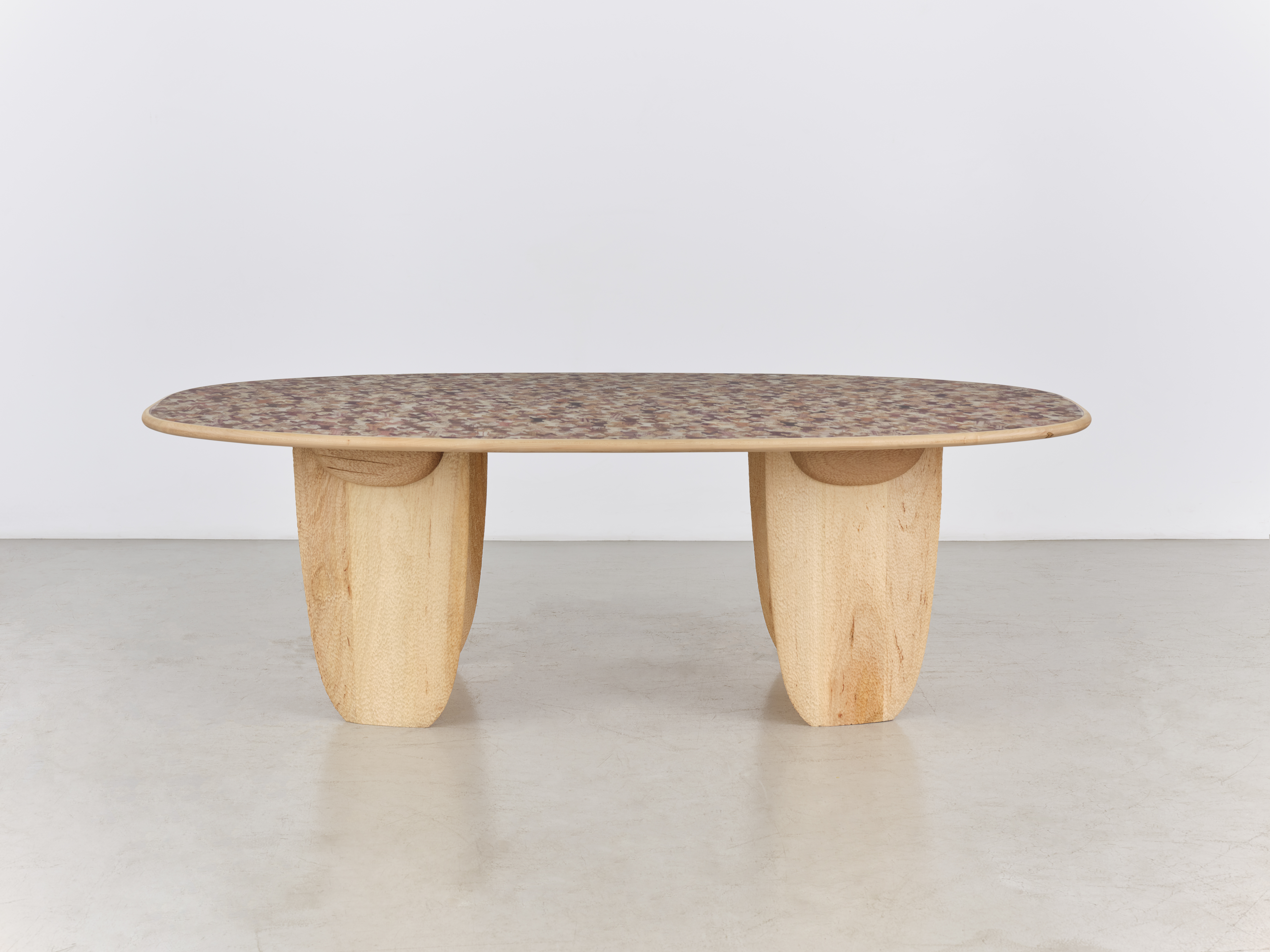
‘Totomoxtle Snake Coffee Table’
Fernando Laposse first grabbed headlines with his Totomoxtle project, his first foray into transforming humble natural materials into refined objects. Corn husk – a food by-product that is normally thrown away – was harnessed as a puzzle-like veneer inlaid into various limited-edition furnishings and accessories.
The project revealed how the staple vegetable corn comes in a vast array of heirloom varieties based on different geographic conditions. This variety is at risk of disappearing due to the proliferation of a standard genetically modified all-yellow variant preferred by the mass farming industry. For many, this is the only type of corn they know.

A pair of ‘Corn Kumiko’ sideboards in front of Laposse's ‘Resting Place’ tapestries, depicting the heroic farmers of Cherán
Collaborating with local farmers in Tonahuixtla, a small village in the Mexican state of Puebla, Laposse sought to reveal the potential application of these rare strains of corn and in doing so, re-employed and re-emboldened people who were otherwise out of work owing to the recent infiltration of mass production in the region.
Initiating a form of regenerative agriculture in the town to cultivate these near-extinct crops and find new applications for the use of their husks, he helped preserve a cultural tradition and spawn a new type of design.

Detail of ‘Corn Kumiko’, an exploration of corn husk marquetry
For Laposse, the effects of biodiversity loss are closely linked with social inequality. It’s a preoccupation that has led him to develop numerous material research projects; exhibit at major international exhibitions; participate in top-billed conferences; and impart his expertise at design schools around the world.
Furniture and now textile design – as revealed in this latest exhibition – serve as the perfect mediums for him to document this correlation; the unavoidable links between environmental degradation and the negative social impacts of global trade on local agriculture and food culture. Through this practice, the designer had aimed to inspire fresh awareness but also celebrate the diversity of rural life and perhaps even revive the distinct farming and craft traditions that so rarely receive the attention they deserve.
Receive our daily digest of inspiration, escapism and design stories from around the world direct to your inbox.
Fernando Laposse’s ‘Ghosts of our Towns’ at Friedman Benda, New York

‘Pink Furry Armchair’
‘Ghosts of our Towns’ builds on this trajectory and highlights Laposse’s mastery of fibre; age-old natural materials like sisal, and the continued refinement of the corn husk by-product he’s spearheaded.
‘For him, “to get to the root, one must go to the soil”, and to work with fibres is to engage with all the complexities around them: environmental crisis, loss of biodiversity, community disintegration, and forced migration,’ curator Glenn Adamson writes in an accompanying exhibition catalogue.
The show includes the ‘Totomoxtle Snake Coffee Table’ and ‘Corn Kumiko’ credenza, both deftly implementing Laposse’s signature corn husk material. The ‘Hair of the Dog’ cabinet, ‘Furry Mirror’, and ‘Pink Furry Armchair’ reveal his exploration of hand-knotted raw sisal and agave plant leaves.
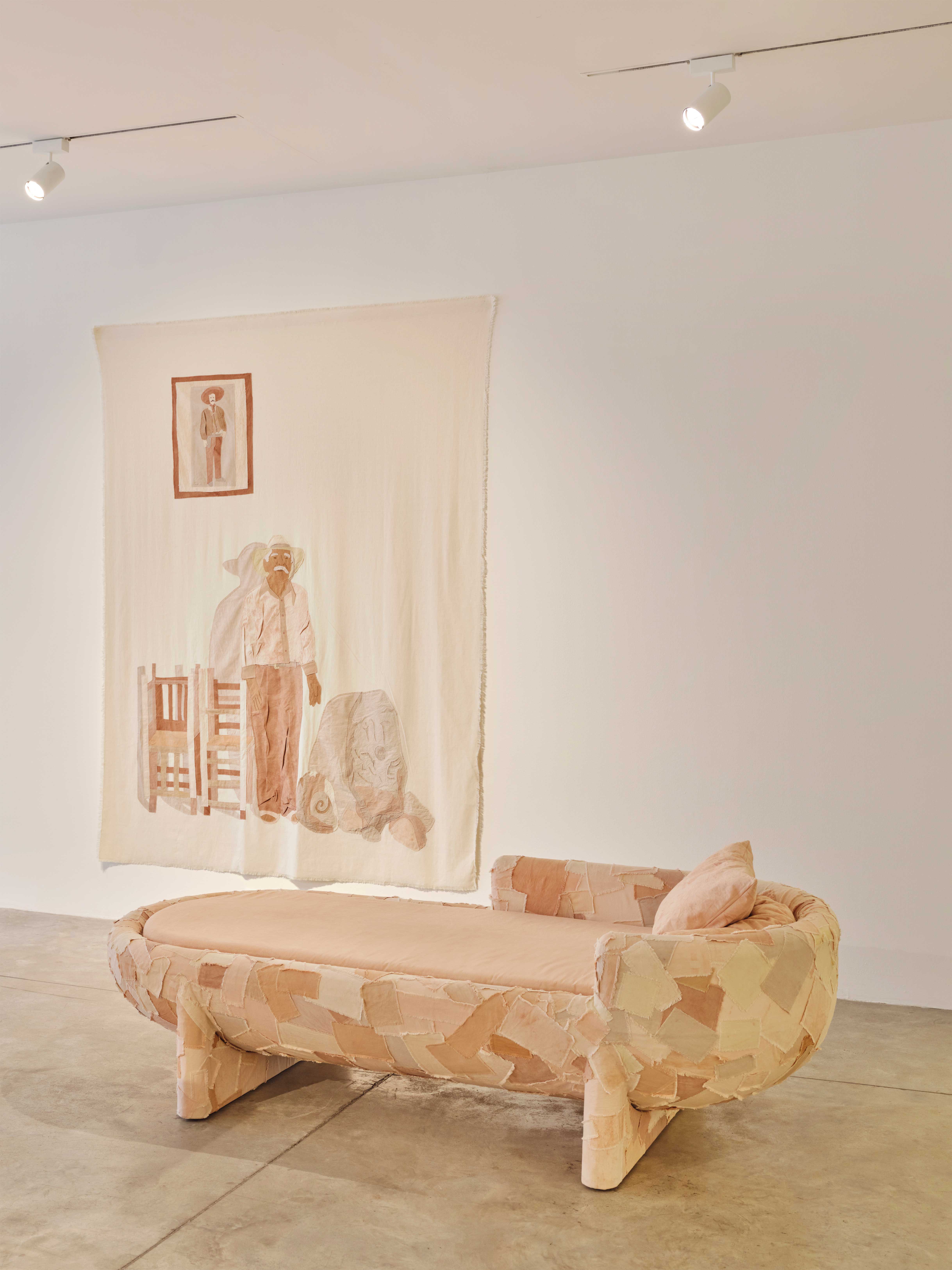
‘Resting Place’ daybed, ‘Don Emiliano’ tapestry
A series of wall-hung tapestries entitled ‘Resting Place’ depict the heroic farmers of Cherán, a self-governed town in another rural region that has fought hard to protect its land and community from crime and deforestation. In keeping with his unique approach, Laposse opted to dye the various pieces with the pits of avocado endemic to the area.
'The avocado skins and pits we have been using were collected from a guacamole vendor in the local street market next to my studio in Mexico City,' he explains. 'This is the waste material from his small stand, from which we organised daily collections over the past year or so. The avocado pits give us all the pinks, peaches, and browns, while the yellows are made from Day of the Dead marigolds collected near my other studio in Tonahuixtla, the town where we’ve been growing corn since 2011. I see these portrait tapestries as a bridge between the Totomoxtle project, the start of my career, and the avocado exploration, the next chapter in my practice.'
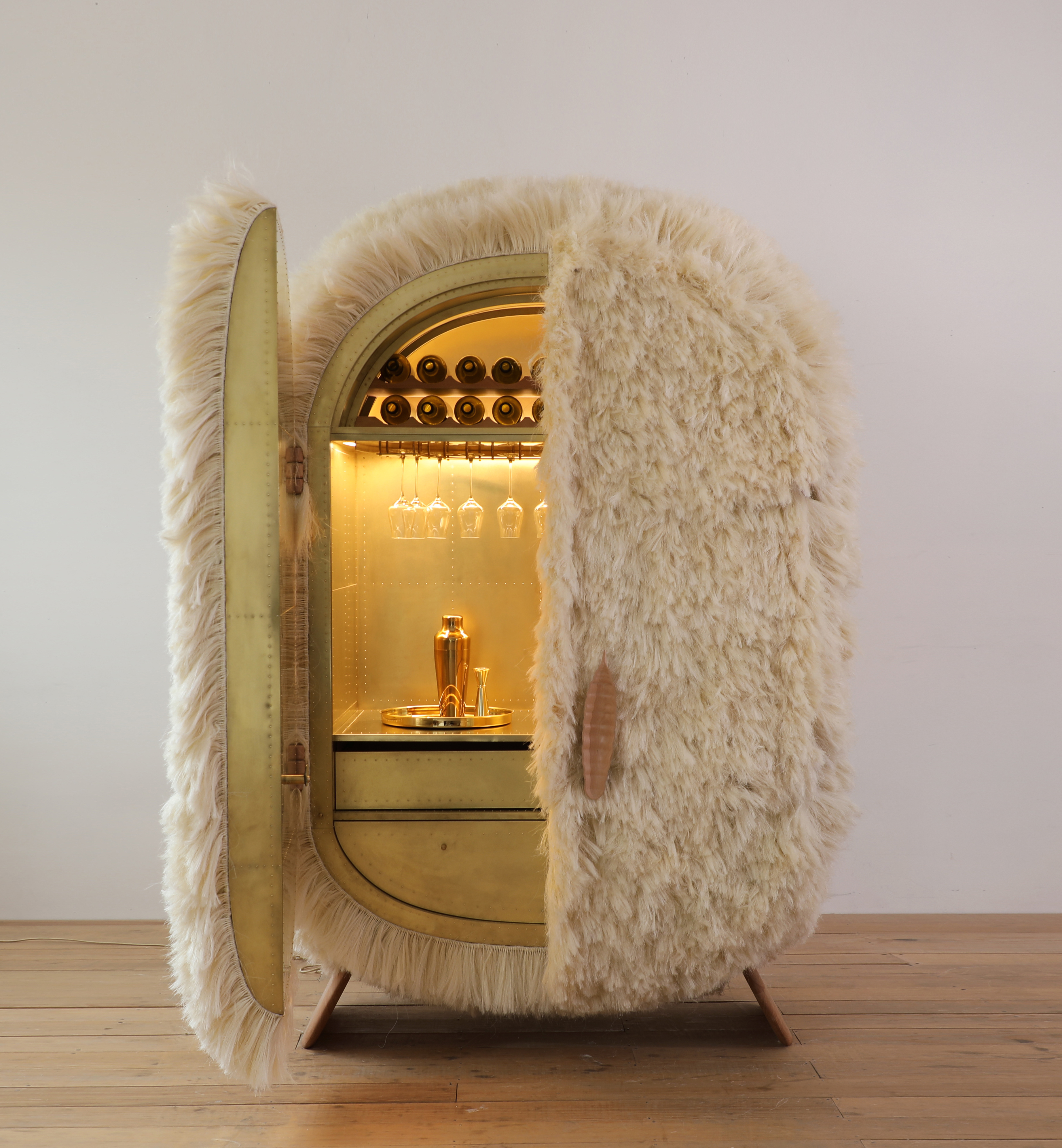
‘Hair of the Dog’ bar cabinet, made of agave fibres and brass
By remaining involved in every step of material development – from planting to extraction and application – Laposse gives new meaning to the idea of craft fabrication, a more considered and controlled alternative to mass production. His limited-edition designs serve as provocations, conceptual demonstrations of material generation and making processes that could be more widely adopted. For him, it's a means of uncovering new, innovative possibilities but also of giving back to the land and to the communities that have managed it so carefully for so long.
Fernando Laposse, ‘Ghosts of our Towns’ is on view at Friedman Benda until 14 October 2023
515 W 26th St
1st Floor
New York
Adrian Madlener is a Brussels-born, New York-based writer, curator, consultant, and artist. Over the past ten years, he’s held editorial positions at The Architect’s Newspaper, TLmag, and Frame magazine, while also contributing to publications such as Architectural Digest, Artnet News, Cultured, Domus, Dwell, Hypebeast, Galerie, and Metropolis. In 2023, He helped write the Vincenzo De Cotiis: Interiors monograph. With degrees from the Design Academy Eindhoven and Parsons School of Design, Adrian is particularly focused on topics that exemplify the best in craft-led experimentation and sustainability.
-
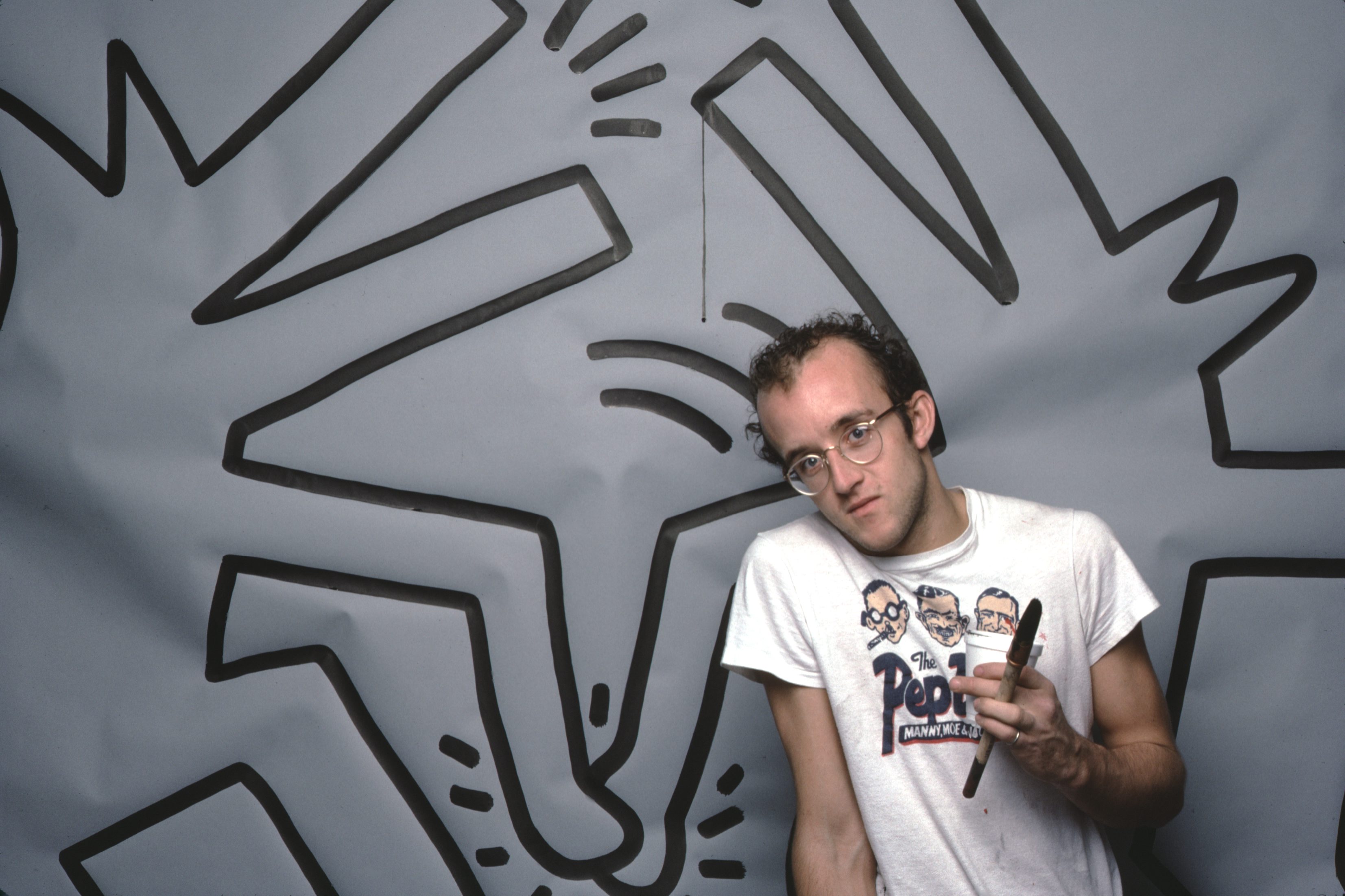 Modern masters: the ultimate guide to Keith Haring
Modern masters: the ultimate guide to Keith HaringKeith Haring's bold visual identity brought visibility to the marginalised
-
 Discover a hidden culinary gem in Melbourne
Discover a hidden culinary gem in MelbourneTucked away in a central Melbourne park, wunderkind chef Hugh Allen’s first solo restaurant, Yiaga, takes diners on a journey of discovery
-
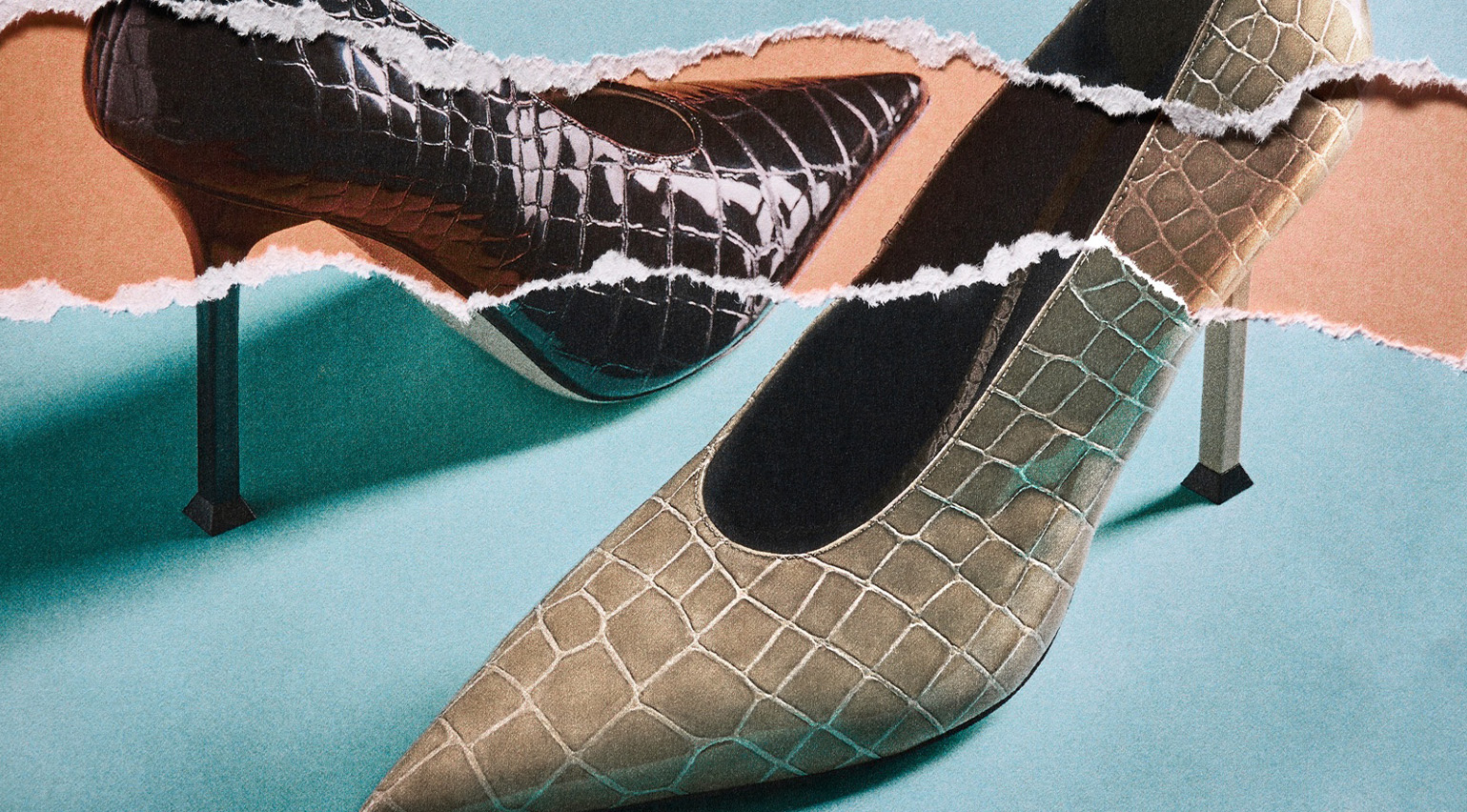 Nina Christen is the designer behind fashion’s favourite – and most playful – shoes
Nina Christen is the designer behind fashion’s favourite – and most playful – shoesShe’s created viral shoes for Loewe and Dior. Now, the Swiss designer is striking out with her own label, Christen
-
 Wallpaper* USA 400: The people shaping Creative America in 2025
Wallpaper* USA 400: The people shaping Creative America in 2025Our annual look at the talents defining the country’s creative landscape right now
-
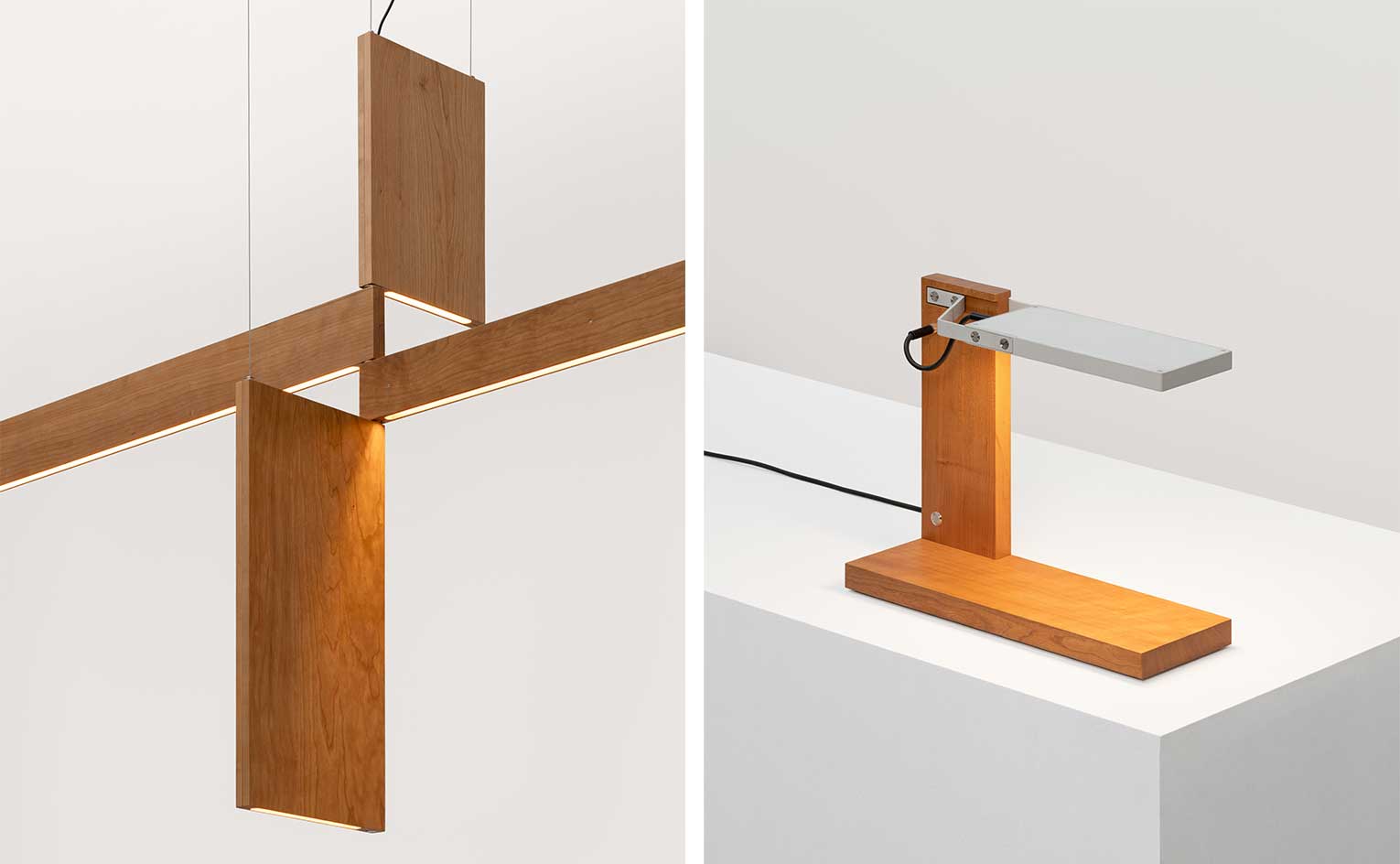 For its New York City debut, Formafantasma goes back to basics
For its New York City debut, Formafantasma goes back to basicsOn view at Friedman Benda this summer, the show is the result of the Milan-based studio's ongoing fascination with history, technology and domesticity
-
 Italian designer Enrico Marone Cinzano fuses natural perfection with industrial imperfection
Italian designer Enrico Marone Cinzano fuses natural perfection with industrial imperfectionEnrico Marone Cinzano's first solo show at New York’s Friedman Benda gallery debuts collectible furniture designs that marry organic materials with upcycled industrial components
-
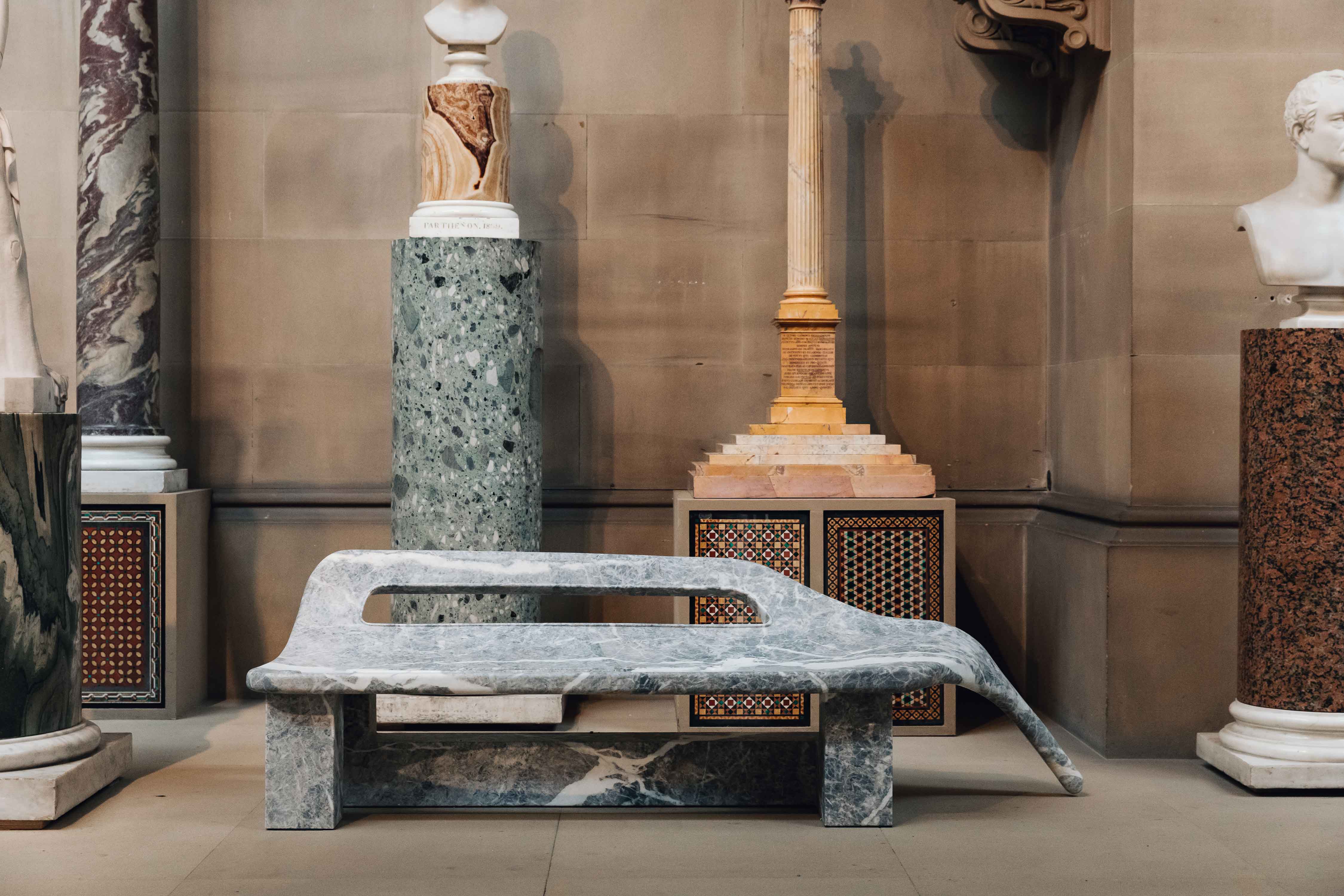 Glenn Adamson and Friedman Benda examine spirituality in contemporary design
Glenn Adamson and Friedman Benda examine spirituality in contemporary designCurated by Glenn Adamson, ‘The New Transcendence’ at New York’s Friedman Benda (until 24 February 2024) highlights designs by leading talents infused with metaphysical value
-
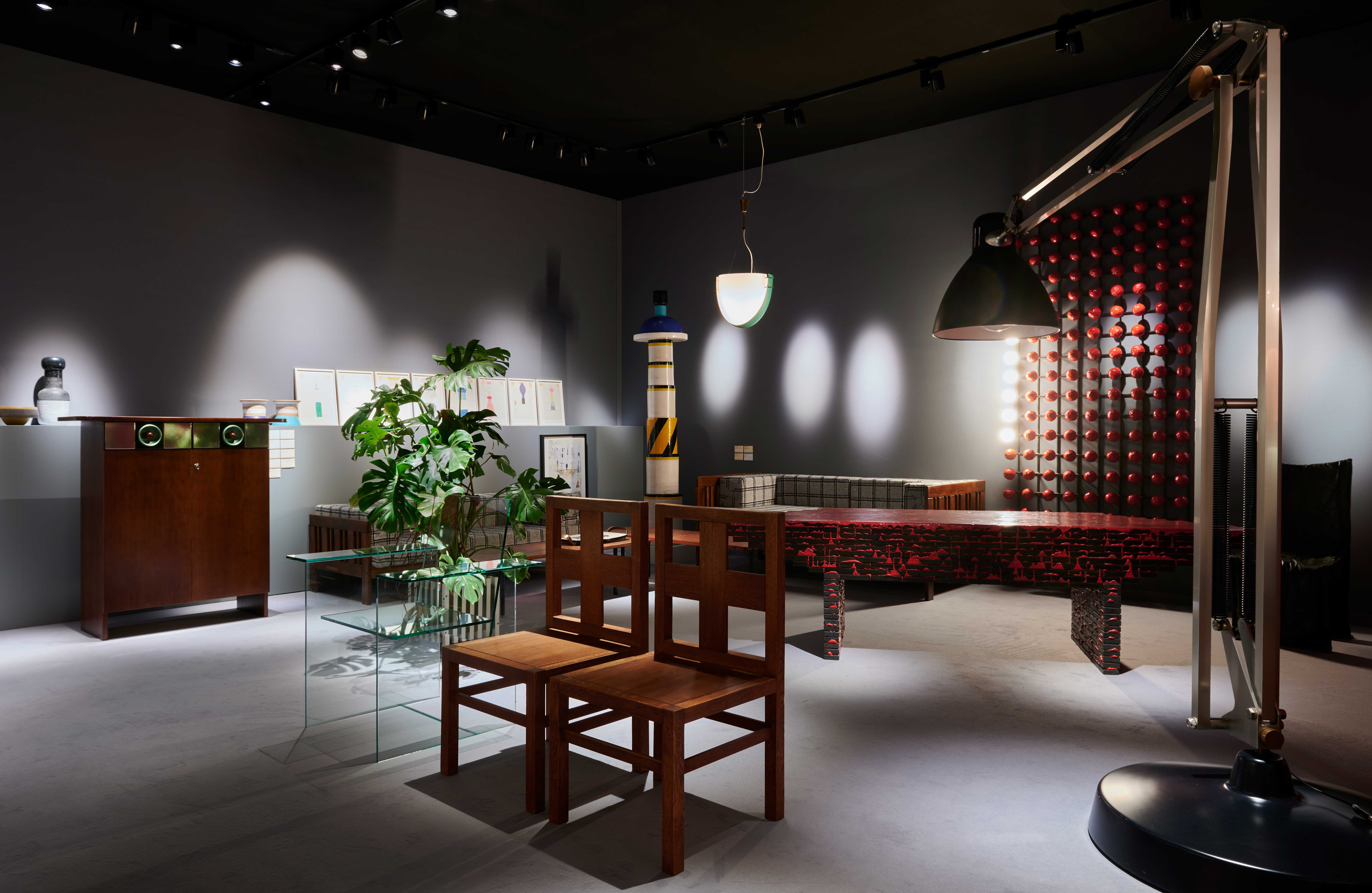 Friedman Benda Paris to open in 2024
Friedman Benda Paris to open in 2024Friedman Benda Paris will see the US design gallery bridge the Atlantic, opening in an industrial building in the Marais